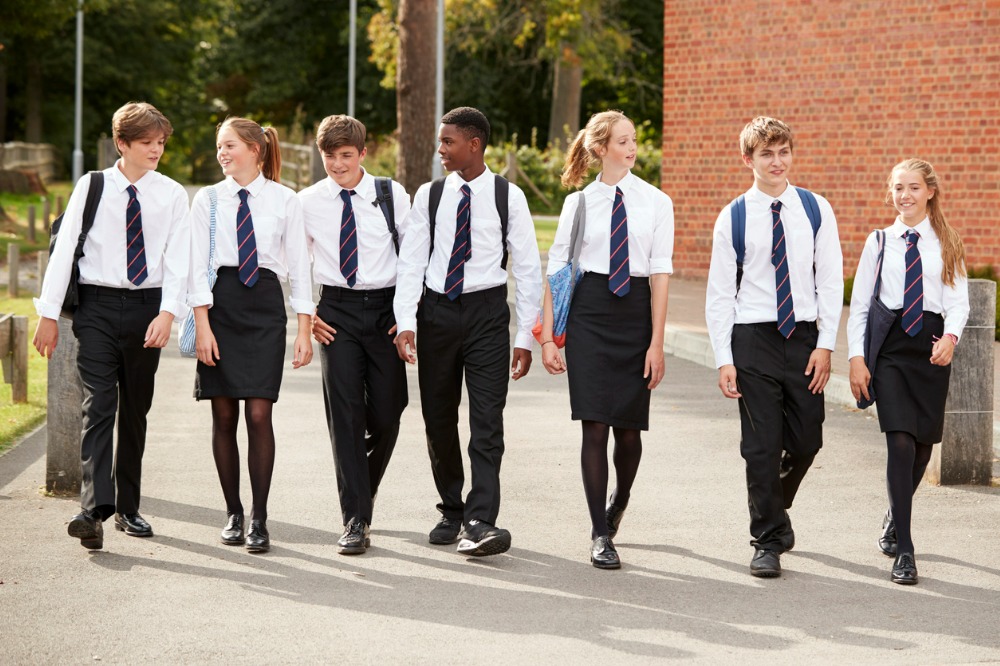
Private schools continue to be an increasingly popular choice for Australian families, with new data showing rising student enrolments in the sector.
The latest Independent Schools ‘Annual Snapshot’, released by Independent Schools Australia today, shows enrolments grew 3.8% in 2023, now making up 17.6% of all Australian students, compared with 4.1% in 1970, despite cost-of-living pressures.
Australian Bureau of Statistics data from February shows student enrolments in the public school sector grew by just 0.3% in 2023 – a minor improvement from 2022 when enrolments fell.
Independent Schools Australia (ISA), the peak body representing private schools, says that for many families, an Independent school “is the choice that they believe is the best fit for their child, values, or cultural background, and many make considerable sacrifices to support that choice.”
“Even with significant recent increases in the cost of living, more parents, each and every year, choose Independent schools because they offer the choice and diversity they are looking for,” ISA CEO, Graham Catt, said in a statement today.
“Parents see the choice of school as one of the most important decisions they will make about their child’s future in an increasingly uncertain world.”
The Snapshot shows there were 716,848 students at 1,216 Independent schools around the country.
“More low and middle-income families are choosing Independent schools,” Catt said. “Most Independent schools charge annual fees below $6,000, and most have fewer than 400 students, with 11% having less than 50.”
The sector now employs 19.6% of the nation’s teachers, with a lower teacher-to-student ratio (11.8 to 1) than the other two sectors – Catholic (13.4 to 1) and Government (13.4 to 1).
Most of the recurrent income for Independent schools was found to come from families and that average government funding per student was $12,160 in Independent schools, $14,670 for Catholic, and $22,150 for Government in 2021-22.
The data also shows that families contribute 52% of the combined recurrent and capital income for schools and 87% of capital income for buildings.
“Families also make substantial donations to their school communities, which is why it is so important for the Government to maintain the Deductible Gift Recipient (DGR) status for school education, which helps build classrooms and fund scholarships,” Catt said.
“The latest data reinforces the need to ensure that every student, in every school, in every sector is fully and fairly funded - particularly as Australian governments negotiate the Better and Fairer Schools Agreement (BFSA),” Catt said.
Most Independent schools are receiving their entitlement of 80% of their School Resourcing Standard from the Australian Government. Those that are above this level are transitioning down to be there by 2029.
As of 2023, 837 of Australia’s Independent schools have already transitioned to 80%, with 379 still above 80%, and 44 funded at less than 81%.
Equitable funding could boost public school enrolments
A study in 2023 found that 48% of parents of private school students, and 61% of parents with children in both public and private schools, would look to move their child out of the private system if government schools were better funded.
The survey, conducted by Lonergan Research, also found nearly two-thirds of all parents, including 46% of private school parents, think that public schools are underfunded and that seven in 10 parents agree that public school teachers are overworked.
Other data from the poll revealed 81% of all parents believe that pay and conditions should be improved to attract and retain public school teachers, while almost three-quarters of parents said teachers are not given enough respect.
The survey’s findings suggest declining public school enrolments could be reversed if funding was more equitably distributed between the sectors.


